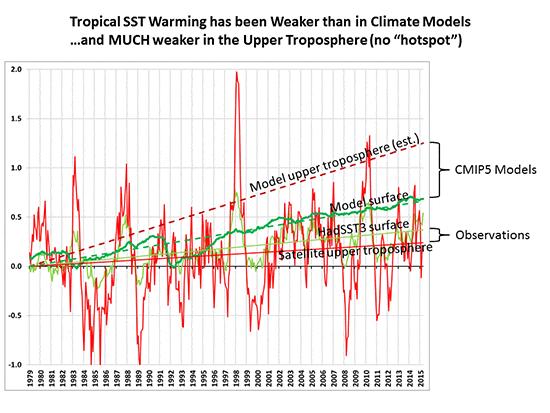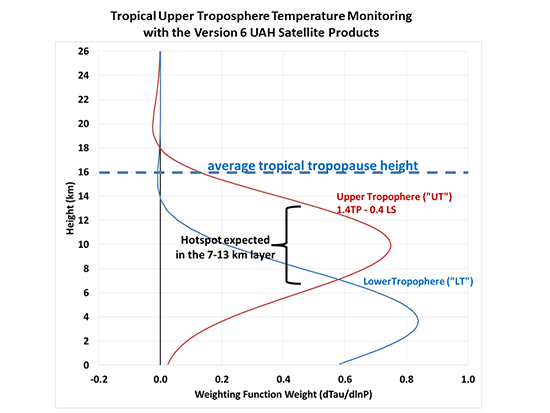Martin Eden Mercury
VIP Member
- Nov 2, 2015
- 897
- 107
- 80
Follow along with the video below to see how to install our site as a web app on your home screen.

Note: This feature currently requires accessing the site using the built-in Safari browser.


Looks like a Abraham, Crick, sock puppet account...CF, why so much trouble being honest and open? I see you have been here a very long time. Have you devolved or evolved?
Were you trying to attack the theory: yes or no?Defensive? Where do you get that from? I would have to assume you are projecting something upon me that is based upon how you view me. Figuring out the why, of how you view me would be an amusing exercise, if I had some more time here today.How is being disingenuous an invitation to an open and honest discussion?
Why are you so defensive over such a simple question?
You said I "attacked" the theory -- just by asking a question.
notice you did refer to Climate Change as AGWCult theory
I asked a question, a simple one at that
If a question is unclear or misleading, there can be no honest answer that is one word. Unless that word be 'nuts!'The theory is one thing. Then there are the models. I am left wondering if CrusaderFrank actually knows what he is asking?
I asked a truly simple question that required a one word answer
Does the AGW Theory suppose an atmospheric Hot Spot?
Yes or No
Which word or words are giving you such trouble?
Global observations of tropospheric BrO columns using GOME-2 satellite data - ProQuest
Abstract. Measurements from the GOME-2 satellite instrument have been analyzed for tropospheric BrO using a residual technique that combines measured BrO columns and estimates of the stratospheric BrO content from a climatological approach driven by O3 and NO2 observations. Comparisons between the GOME-2 results and BrO vertical columns derived from correlative ground-based and SCIAMACHY nadir observations, present a good level of consistency. We show that the adopted technique enables separation of stratospheric and tropospheric fractions of the measured total BrO columns and allows quantitative study of the BrO plumes in polar regions. While some satellite observed plumes of enhanced BrO can be explained by stratospheric descending air, we show that most BrO hotspots are of tropospheric origin, although they are often associated to regions with low tropopause heights as well. Elaborating on simulations using the p-TOMCAT tropospheric chemical transport model, this result is found to be consistent with the mechanism of bromine release through sea salt aerosols production during blowing snow events. No definitive conclusion can be drawn however on the importance of blowing snow sources in comparison to other bromine release mechanisms. Outside polar regions, evidence is provided for a global tropospheric BrO background with column of 1–3 × 1013 molec cm−2 , consistent with previous estimates.
Research
SSDD and the use of logical fallacy
Global observations of tropospheric BrO columns using GOME-2 satellite data - ProQuest
Abstract. Measurements from the GOME-2 satellite instrument have been analyzed for tropospheric BrO using a residual technique that combines measured BrO columns and estimates of the stratospheric BrO content from a climatological approach driven by O3 and NO2 observations. Comparisons between the GOME-2 results and BrO vertical columns derived from correlative ground-based and SCIAMACHY nadir observations, present a good level of consistency. We show that the adopted technique enables separation of stratospheric and tropospheric fractions of the measured total BrO columns and allows quantitative study of the BrO plumes in polar regions. While some satellite observed plumes of enhanced BrO can be explained by stratospheric descending air, we show that most BrO hotspots are of tropospheric origin, although they are often associated to regions with low tropopause heights as well. Elaborating on simulations using the p-TOMCAT tropospheric chemical transport model, this result is found to be consistent with the mechanism of bromine release through sea salt aerosols production during blowing snow events. No definitive conclusion can be drawn however on the importance of blowing snow sources in comparison to other bromine release mechanisms. Outside polar regions, evidence is provided for a global tropospheric BrO background with column of 1–3 × 1013 molec cm−2 , consistent with previous estimates.
Research
It's a yes or no question.
And here I was told you were one of the more intelligent members here: A loaded question or complex question fallacy?It's a yes or no question.
A loaded question or complex question fallacySSDD and the use of logical fallacy
Martin Eden Mercury trying to distract from the fact that he finds himself unable to answer a simple yes or no question with a simple yes or no.
And here I was told you were one of the more intelligent members here: A loaded question or complex question fallacy?It's a yes or no question.
they don't answer any question, evah!!!!!!Global observations of tropospheric BrO columns using GOME-2 satellite data - ProQuest
Abstract. Measurements from the GOME-2 satellite instrument have been analyzed for tropospheric BrO using a residual technique that combines measured BrO columns and estimates of the stratospheric BrO content from a climatological approach driven by O3 and NO2 observations. Comparisons between the GOME-2 results and BrO vertical columns derived from correlative ground-based and SCIAMACHY nadir observations, present a good level of consistency. We show that the adopted technique enables separation of stratospheric and tropospheric fractions of the measured total BrO columns and allows quantitative study of the BrO plumes in polar regions. While some satellite observed plumes of enhanced BrO can be explained by stratospheric descending air, we show that most BrO hotspots are of tropospheric origin, although they are often associated to regions with low tropopause heights as well. Elaborating on simulations using the p-TOMCAT tropospheric chemical transport model, this result is found to be consistent with the mechanism of bromine release through sea salt aerosols production during blowing snow events. No definitive conclusion can be drawn however on the importance of blowing snow sources in comparison to other bromine release mechanisms. Outside polar regions, evidence is provided for a global tropospheric BrO background with column of 1–3 × 1013 molec cm−2 , consistent with previous estimates.
Research
It's a yes or no question.
Yes or no doesn't lend itself to semantics so warmers simply won't answer such questions.
I didn't see any sour cream, bacon, or cheese on that question. So don't see how it was loaded.A loaded question or complex question fallacySSDD and the use of logical fallacy
Martin Eden Mercury trying to distract from the fact that he finds himself unable to answer a simple yes or no question with a simple yes or no.
perhaps he doesn't know the supposed hypothesis. So marvin man, do you know the supposed hypothesis or not, yes or no. Watch out it's a trick question!!!!!LOLAnd here I was told you were one of the more intelligent members here: A loaded question or complex question fallacy?It's a yes or no question.
It's neither. It's a simple question, no trick, no fallacy.
Does the AGW hypothesis suppose an atmospheric hot spot?









It either does, or it does not. DO you know the answer?And here I was told you were one of the more intelligent members here: A loaded question or complex question fallacy?It's a yes or no question.
It's neither. It's a simple question, no trick, no fallacy.
Does the AGW hypothesis suppose an atmospheric hot spot?
Why would anyone ask a question they believe there is a simple answer to?I didn't see any sour cream, bacon, or cheese on that question. So don't see how it was loaded.A loaded question or complex question fallacySSDD and the use of logical fallacy
Martin Eden Mercury trying to distract from the fact that he finds himself unable to answer a simple yes or no question with a simple yes or no.